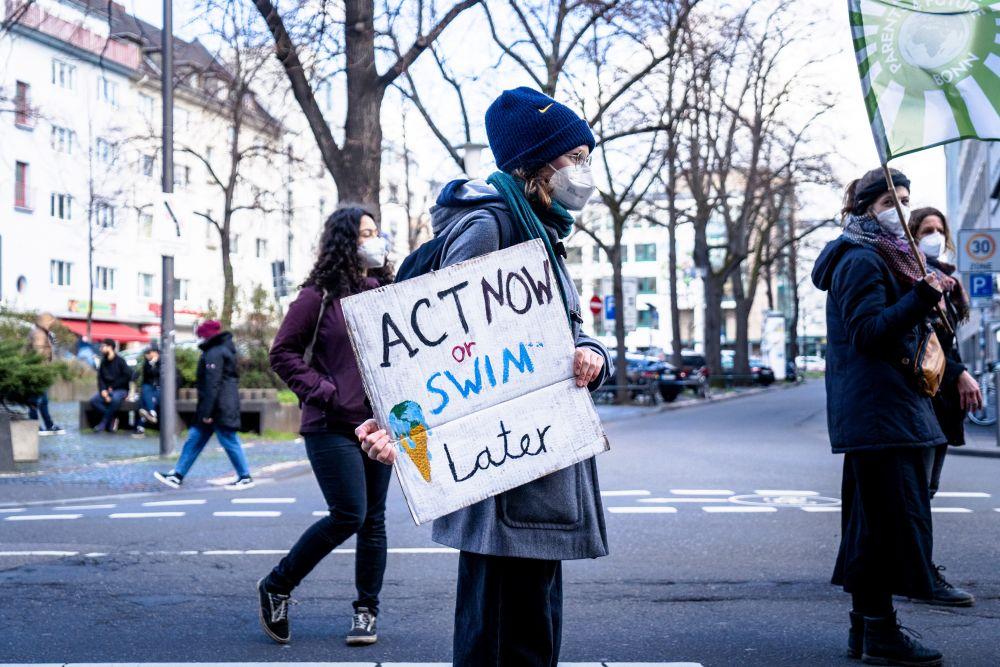Using CDP-ICLEI Track 2022, 998 cities presented results of their execution of citizen-focused climate action, later CDP analysed the data received which presented the positive progress this approach had on citizens and our climate. Cities which took on citizen-focused climate action, where the needs of its people and vulnerable groups were met, resulted in the reduction of emissions and additional social, health and economic benefits. An example of this is 85% of cities saw physical and mental health improvements with the betterment of air quality. Furthermore, another 85% noticed enhanced social benefits with improved water and food quality.
In 2022 climate disasters have been at forefront of global news with cities in a vulnerable spot. 35% of cities faced droughts and 33% experienced urban flooding. Within 28% of cities affected, 70% of the population has been impacted, with 62% of cities expecting a worsening of conditions soon. It has been expressed that those most affected by climate change are the elderly, low-income households, children and marginalised communities. Resources have also been threatened with an impact on water supply and agriculture.
Maryke van Staden, Director of carbon Climate Center at ICLEI, said:
“Our future will be determined by the actions in cities and regions taken today. When local and regional governments meaningfully engage their population in accelerated climate action, the results are amplified, positively impacting multiple sectors but above all the people. This report is an important reminder of why we do this work: to sustain and improve the quality of life of our citizens.”
Furthermore, the data also presents 63% of cities taking on at least one citizen-focused climate action and what factors either encourage or hinder them from climate change adaptation. It’s noted that community and political engagement as well as education were essential contributors. An increase in government support is also necessary for cities to meet emission reduction targets as 1/5 cities say it is heavily reliant on the decarbonisation of electricity grids and their need of funding for infrastructure and national legislation. Importantly, it was also noted that 57% of cities say a substantial hinderance is budgetary capacity.
CDP’s press release stated various ways cities can go about executing climate action. One of them focusing on science-based targets as they are the most effective in the rapid decline of emissions. It is also necessary to join campaigns such as Race to Zero and committing to net zero targets by 2050. The resilience and adaptation to climate change is necessary. The CDP also mentions the importance of cities working with the government and private sector to alleviate the climate pressures. This can be done through increased government financial support to help cities meet their emission reduction targets and furthermore, investment in sustainable initiatives and infrastructure. Lastly, it is crucial to include citizens in the decision-making process of climate action. This will propel future growth and improve the lives of those most vulnerable.


